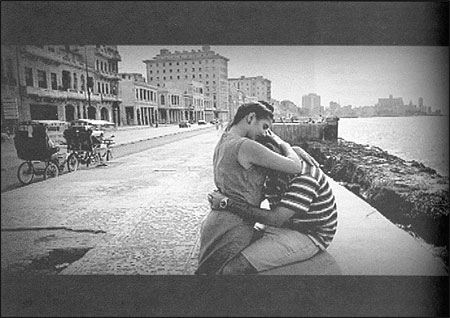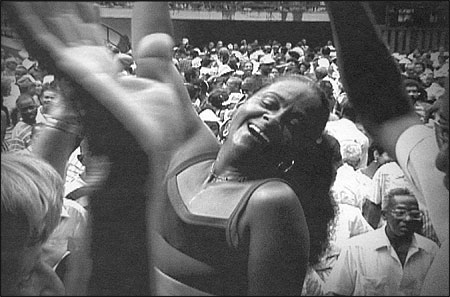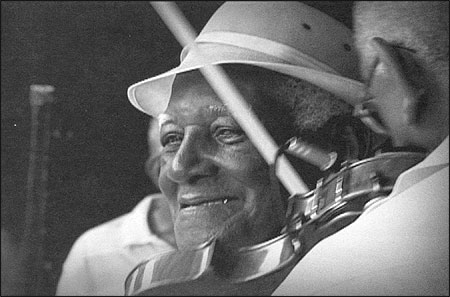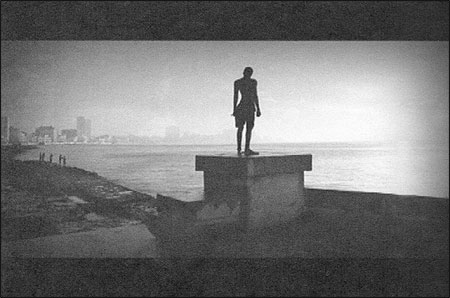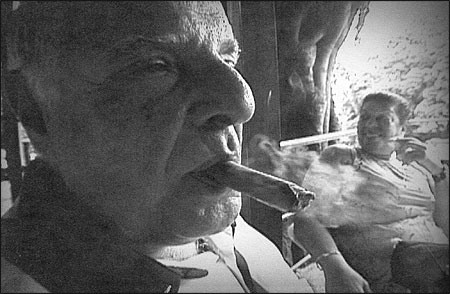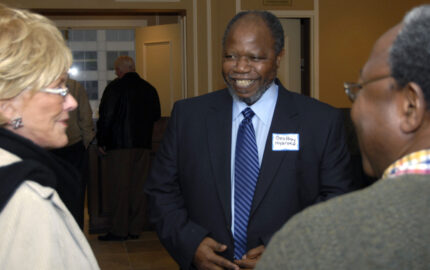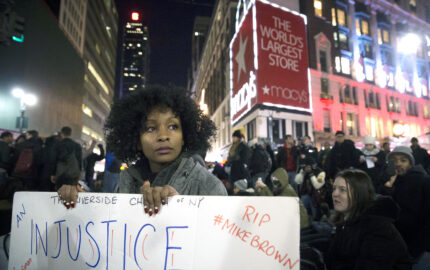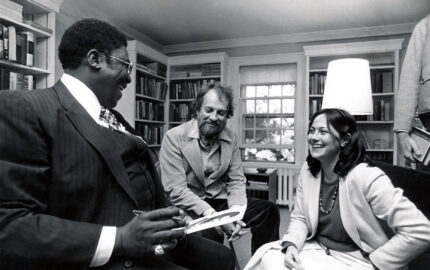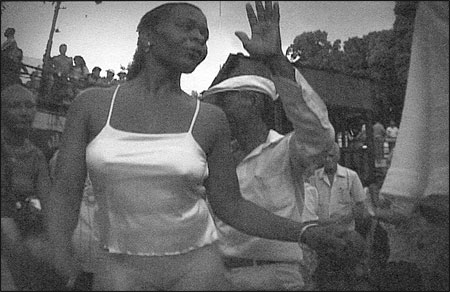
All of the accompanying digital video still images are from David Turnley’s documentary “La Tropical.” They reflect themes of life in Cuba that Turnley’s film captures.In 1997, working as a photographer for Life magazine, I went to Cuba with Muhammed Ali. We had the opportunity to connect very quickly with the heart and soul of the Cuban people for whom Muhammad Ali is a hero. I was enchanted by the sensuality, the pathos, the exuberance, the tension, and the incredible visual quality of Cuba.
Three years later, after a Nieman Fellowship studying documentary filmmaking, I was given support and funding from Corbis, a digital image company, to shoot and direct a feature-length documentary. We wanted to choose a theme that would be compelling to a mass audience and to use small digital cameras to achieve a look and an intimacy that I have tried to find in my photographic work.
As my thoughts turned back to Cuba, I imagined that there must be a kind of “speakeasy” in every quarter of Havana where Cubans go to dance. But during a research trip, we found out quickly that there is really only one place where working-class Cubans have always gone to dance—a club known as La Tropical on the edge of Havana, the “Apollo Theatre” of Cuba. I immediately fell in love with the place—a funky, run down, open-air amphitheater that turns into a gyrating pool of passion as the sun goes down. La Tropical would serve as our central character and the window we would use to reach into the everyday lives of a cast of contemporary Cubans. It also became clear that the history of La Tropical would offer a look at the legacy and importance of race in Cuba.
With two-month visas, we went to Havana in the summer of 2000 with a crew that included a producer and a world-class sound engineer. There, we worked with a driver and a brilliant young Colombian woman, Arianna Orejuela, who has been in Cuba for the past 10 years and who is currently writing what will certainly be among the notable references of contemporary Cuban music.
Every evening during June and July we filmed the daily concerts and cabarets at La Tropical. I worked as the principal cameraman, usually with a second camera. For a couple of important concerts, we worked with as many as six other cameramen. During the first week, we cast six to eight characters, whose lives I then tried to immerse myself in from morning until night during the next eight weeks. This work I did by myself, working both the camera and sound and speaking Spanish without a translator. I found out very quickly that this was the only way that a kind of confidence, conversation and serendipity would happen that would provide the opportunity to witness this variety of characters “living” their lives in front of the camera.
We shot 300 hours of footage using, principally, a small Sony DV camera. We also collected some 100 hours of interviews from musicologists, sociologists, historians and ethnographers, and recorded hundreds of music tracks at La Tropical using a DAT recorder.
Before going to Cuba I made the decision to shoot the film on video in black and white. My rationale had to do with wanting to create a powerful visual aesthetic, to capture the timeless quality one feels there—it is as if nothing has changed since the revolution in 1959—and to capture the passion and grittiness of contemporary Cuba.
I interviewed a number of talented editors before selecting Chris Horn, who worked with me for a year to edit the film. Chris came from a commercial background and his work had a feel I loved. I found him to be temperamentally and sociopolitically someone whom I respected enormously. We built a structure together, then tried to establish a process that let the edit have its own organic quality. It is as if Chris co-directed the film, and I feel very fortunate because of our collaboration. The difficulty of trying to weave together an enormous quantity of music while using a foreign language and a voiceover with no narrator made the edit a challenge, and a large number of people participated in the process.
I will always feel that I am a photographer who has taken on the challenge of the extra layers of storytelling enabled by moving-image narrative film-making. “La Tropical” is now making the circuit of dozens of film festivals, and it just won the Golden Light Award for Best Documentary in the Miami Film Festival. We are seeking a theatrical and television distributor.
I am back at work as a freelance photographer and filmmaker and would like to continue pursuing different forms of narrative storytelling, including photographic book projects, exhibits and filmmaking.
David Turnley is a 1998 Nieman Fellow.
